Join on WhatsApp
Get the latest updates directly on WhatsApp – motivation, news & more!
Autumn is a season full of change, and the fruits it brings with it are no exception. As the air cools and the days grow shorter, gardens and orchards are filled with an abundance of flavorful harvests. October and November are particularly rich months for gathering the fruits of your labor, whether you’re growing them yourself or simply enjoying the bounty of the season. This blog post explores how to grow and enjoy autumn fruits during these months, offering tips on harvesting, preserving, and cooking with seasonal produce.
The Beauty of Autumn Fruits
Autumn brings a variety of fruits that are full of flavor and nutritional benefits. These fruits are not only delicious but also a sign of the seasonal transition. Apples, pears, grapes, pomegranates, figs, and quinces are some of the most popular autumn fruits, and they each come with their own unique qualities.
The cooler temperatures of autumn help to concentrate the sugars in these fruits, making them sweeter and more flavorful. Moreover, the shorter days encourage the fruits to ripen and mature, resulting in a harvest that’s perfect for enjoying right now or preserving for the colder months ahead.
How to Grow Autumn Fruits
Growing autumn fruits requires patience, knowledge of your local climate, and a little bit of gardening know-how. The key to success is choosing the right fruits for your environment and ensuring they have the proper care as they mature. Below are some of the most common autumn fruits and how to grow them.
Apples
Apples are one of the most iconic autumn fruits. They come in a variety of varieties, from tart Granny Smiths to sweet Honeycrisps. To grow apples successfully, it’s essential to choose a variety suited to your climate. Apples thrive in temperate regions, but there are varieties for colder and warmer climates alike.
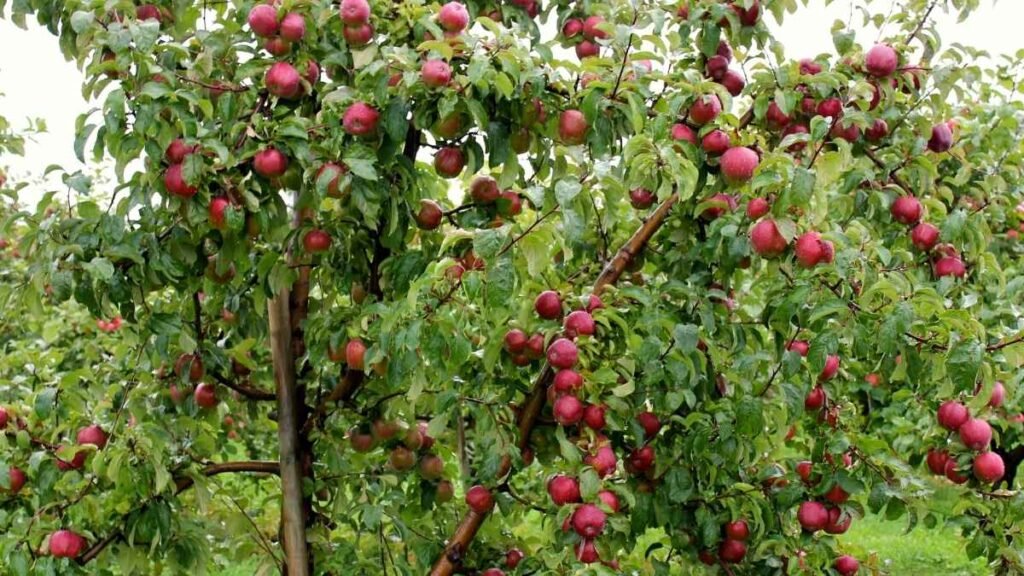
Plant your apple tree in well-draining soil and ensure it gets plenty of sunlight. Apple trees are relatively low-maintenance but will need regular watering and occasional pruning to encourage healthy growth. You’ll start to see fruit in the fall, usually around October, and it’s important to pick them at the right time to ensure peak flavor.
Pears
Pears are another beloved fruit of autumn. Like apples, they come in a variety of types, including European pears and Asian pears. They are best grown in areas with cold winters and cool springs, which help produce the most flavorful fruit.
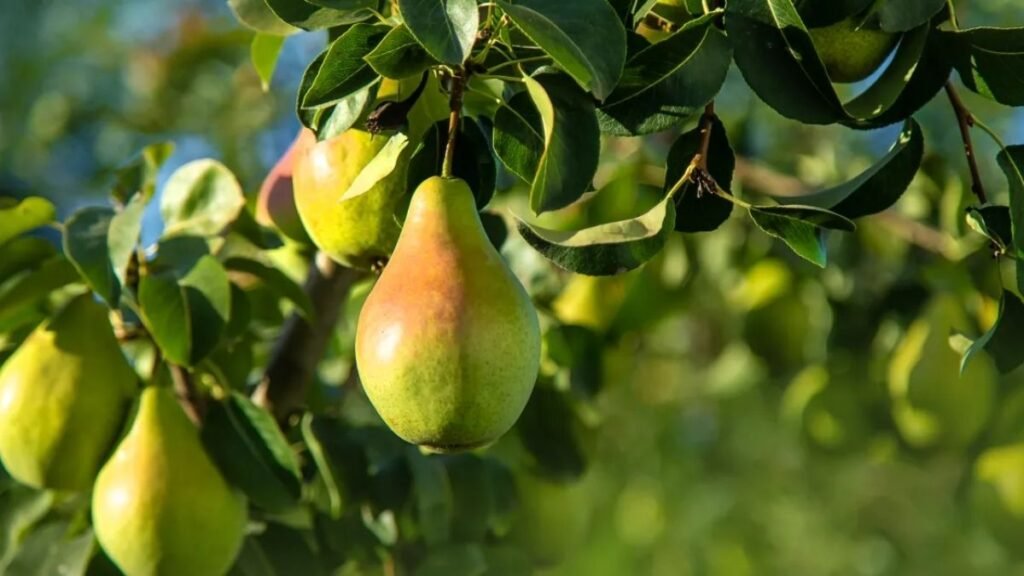
Pears grow well in well-drained soil with full sun exposure. Pear trees are self-pollinating, though planting more than one tree will result in better fruit production. The best time to harvest pears is when they begin to feel slightly soft at the neck of the fruit. Be careful not to leave them too long on the tree, as they can become mealy and overripe quickly.
Grapes
Grapes thrive in warm, sunny climates, so if you’re lucky enough to live in a region that gets plenty of sun, you can enjoy homegrown grapes. Plant your grapevines in soil that drains well and in an area that receives full sun throughout the day. Grapes generally require a bit more care, such as regular pruning and support to prevent the vines from becoming tangled.
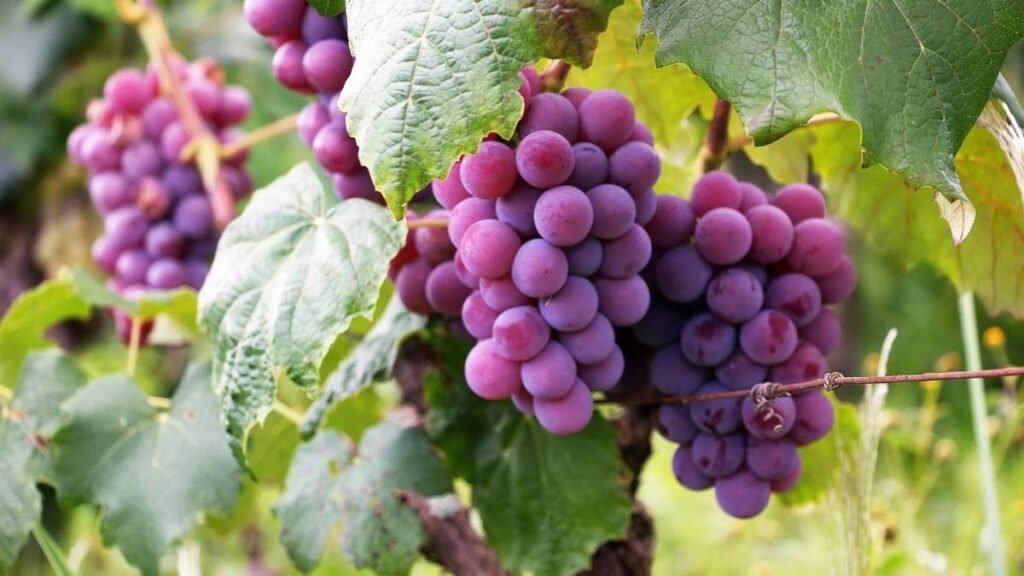
Harvesting grapes in autumn requires a watchful eye; they’re typically ready to pick when they have developed a deep color and are easy to pull from the vine. The best time to harvest grapes is usually in late September to early October, depending on your location and the variety of grapes you’re growing.
Pomegranates
Pomegranates are a unique and vibrant autumn fruit that adds a pop of color to any garden. These fruits are known for their jewel-like seeds, which are packed with flavor and antioxidants. Pomegranates thrive in warm climates and require a long growing season to fully ripen.
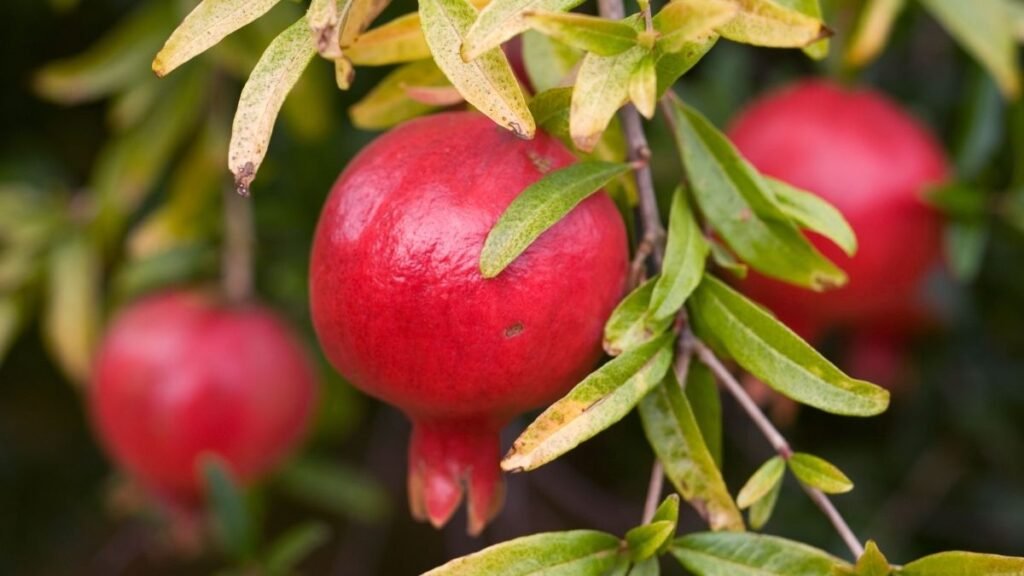
Plant pomegranate trees in soil that drains well and provides plenty of sunlight. These trees are relatively drought-tolerant once established but do require regular watering during the growing season. The fruit is typically ready to harvest in October, once the skin is fully colored and the fruit sounds hollow when tapped.
Figs
Figs are another wonderful autumn fruit that grows well in warm, Mediterranean-like climates. These fruits are not only sweet and delicious but also provide a rich source of fiber and antioxidants.
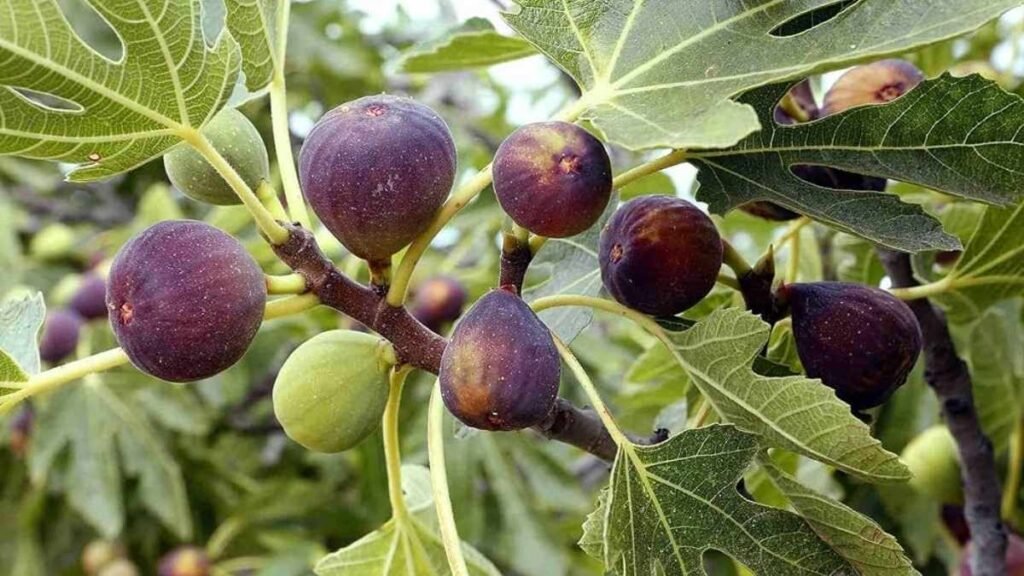
Fig trees require full sun and well-drained soil. They are relatively low-maintenance and can grow quite large, so be sure to give them enough space in your garden. Figs generally ripen in the late summer to fall, depending on the variety, so October and November are perfect months for harvesting.
Quinces
Though often overlooked, quinces are a fantastic autumn fruit that can be used in a variety of dishes. Quinces have a tough, tart flesh that becomes tender and aromatic when cooked. They are best suited for growing in temperate climates with cold winters.
Plant your quince tree in soil that’s rich in organic matter and ensure it receives full sun. Quinces are typically ready for harvest in late October to early November. Although they’re not usually eaten raw, quinces can be made into delicious jams, jellies, and sauces once they’ve been cooked down.
Enjoying Autumn Fruits
Once you’ve harvested your autumn fruits, the next step is enjoying them in all their seasonal glory. Whether you prefer to eat them fresh, bake with them, or preserve them for later, autumn fruits offer a wide array of culinary possibilities.
Fresh Eating
One of the simplest and most enjoyable ways to enjoy autumn fruits is by eating them fresh. Apples, pears, grapes, and figs can be enjoyed as-is, or paired with cheese for an elegant snack. Pomegranates can be de-seeded and eaten on their own or added to salads for a burst of color and flavor. Fresh fruit is also a great addition to smoothies, oatmeal, or yogurt bowls.
Baking with Autumn Fruits
Autumn fruits lend themselves beautifully to baking. Apple pies, pear tarts, and fig cakes are just a few classic desserts that showcase the best of the season. For a simple treat, try making a crumble or cobbler using apples, pears, or quinces. These fruits also make excellent fillings for pastries or galettes.
Pomegranates can be used to add a touch of sweetness and texture to cakes, muffins, or even granola bars. Their tartness balances out the richness of baked goods, giving them a refreshing twist.
Preserving Autumn Fruits
For those who want to enjoy the flavors of autumn long after the season has passed, preserving autumn fruits is a fantastic option. Canning or making jams and jellies is a great way to store fruits like apples, pears, and quinces for use in the winter months. You can also make fruit butters, such as apple or pear butter, which are perfect for spreading on toast.
If canning isn’t your style, freezing is another option. Grapes can be frozen for snacking or for use in smoothies, while figs and pears can be frozen after being sliced and prepped.
Making Autumn Fruit Beverages
Autumn fruits also make fantastic beverages. Fresh apple cider is a classic drink of the season, and you can make your own by pressing apples or purchasing freshly pressed cider from local orchards. Pomegranate juice is another refreshing beverage that’s packed with nutrients.
For something a bit more festive, try infusing autumn fruits like pears and apples into homemade wines or cocktails. A warm mulled wine with apple slices or a pear cocktail with a touch of cinnamon can make any autumn evening feel cozy.
Conclusion
Growing and enjoying autumn fruits during October and November is one of the simplest pleasures of the season. Whether you’re harvesting apples from your own tree, savoring a fresh pear, or baking a fig pie, these fruits offer endless possibilities for both gardeners and food lovers alike. With the right care and attention, you can enjoy these seasonal delights well into the colder months, preserving the essence of autumn for your enjoyment year-round.




